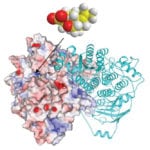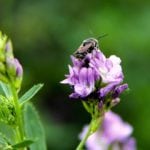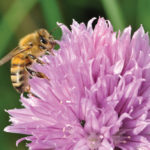Reuters — The Trump administration has persuaded a U.S. appeals court to reconsider its recent decision ordering the Environmental Protection Agency to ban the widely-used pesticide chlorpyrifos, which critics say can harm children and farmers. In an order on Wednesday, the Ninth U.S. Circuit Court of Appeals said it will again review former EPA administrator











